Boeing’s 747: how the Queen of the Skies changed the world
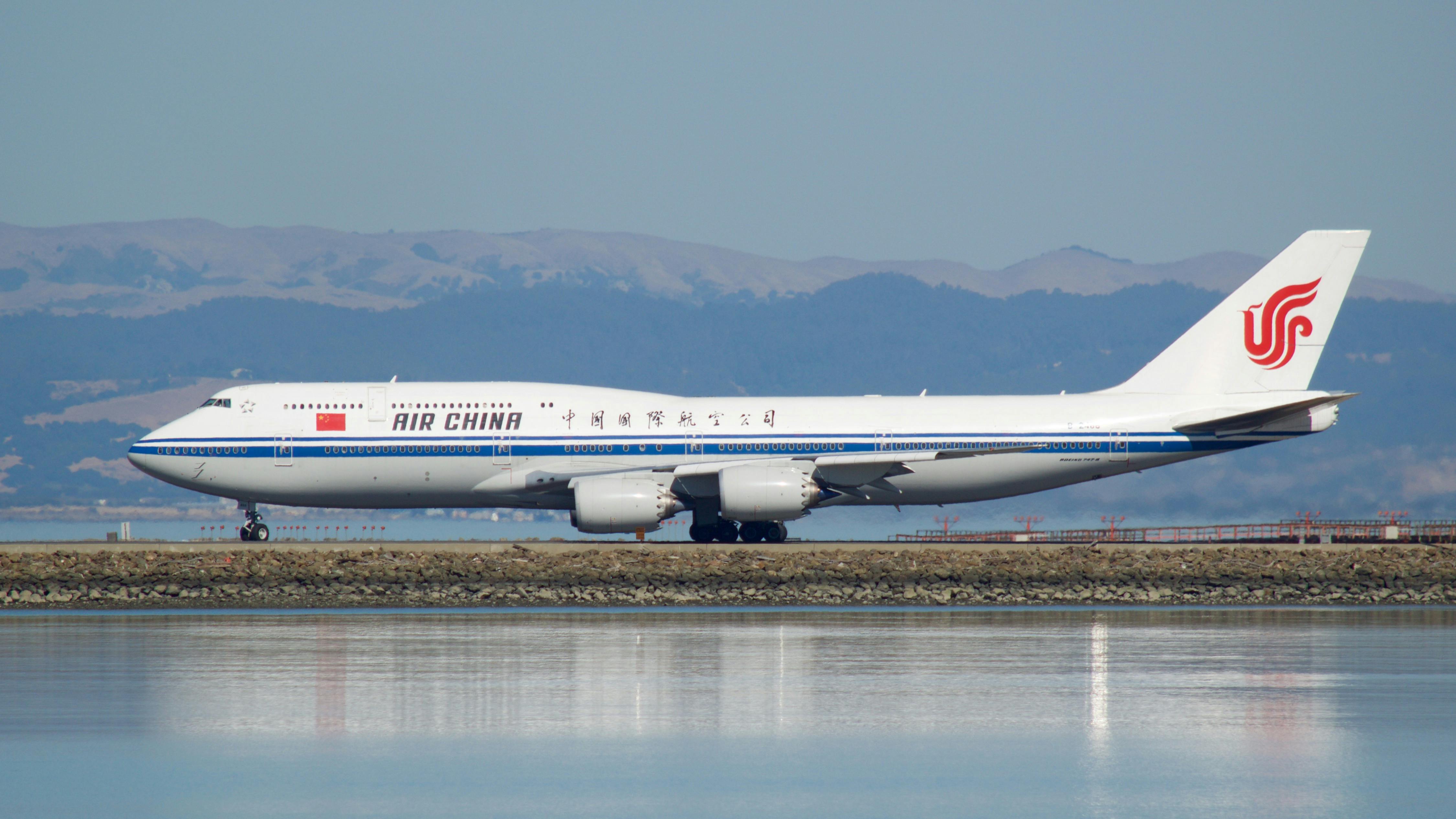
Blog
If you’re familiar with the term “Jumbo Jet,” you’re probably old. Or at least old enough to understand the difference between a “normal” jet airliner and the Boeing 747, a behemoth of an airplane roughly 2.5 times the size of the “big ol’ jet airliner” 707 it would replace. If you’ve been lucky enough to fly aboard a 747, or even seen one at an airport, you understand the scale we’re talking about here. This airplane is frickin’ BIG.
However, the intent of the not-insubstantial “Queen of the Skies” was to shrink operating and airline ticket costs, reduce airport crowding, and allow the Everyman to move more freely about the globe. The 747 cut consumer costs of flying in half, which opened up a whole new market to airline companies, particularly Pan Am, who was instrumental in the 747’s development.
Let’s briefly examine the history and impact of the most iconic jet airliner ever.
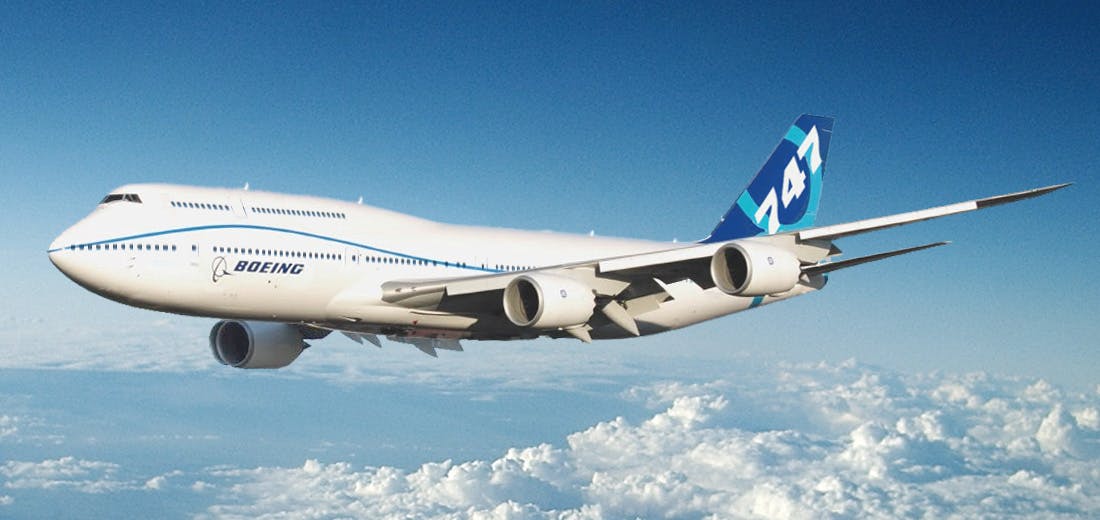
The first wide-body jet airliner was a result of a specific customer request
The 1960s saw a huge increase in demand for civilian air travel. The social and economic changes of the decade reflected the strengthening of the middle class, which was bolstered by increasing globalization in terms of politics and business. International business travel combined with the new “jet set” culture of tourism meant that demand for long-range commercial jet airliners was growing exponentially, and airports became more congested.
Pan-American Airways boss Juan Trippe had pioneered the “tourist” class of air travel in the 1940s, cutting fares in half, and had seen the success of the Boeing 707 in the late 1950s in lowering travel costs and shortening flight times, but was obsessed with cheapening fares further.
In 1965 Trippe asked his friend and Boeing president Bill Allen to design him an airliner that would dwarf anything else on the market. The eventual Boeing 747 was sparked with a legendary exchange: “If you build it, I’ll buy it,” said Trippe, to which Allen replied: “If you buy it, I’ll build it.” The initial request was to create an airliner at least 2.5 times the size of the current 707, with the goal of cutting the per-passenger flying cost by 30% and reducing airport crowding. The 747 would eventually beat those goals, cutting the price of fares in half and greatly increasing flight capacity. The very popular 707 of the time maxed out at around 180 passengers, while the first 747-100 could handle 480 passengers. (The latest 747 model has the capacity to accommodate up to 467 passengers in a three-class configuration and has a maximum capacity of an incredible 605 passengers.) Domestic and international air travel grew further as a result, and some have credited the 747 as acting as a peaceful, globe-shrinking counterpoint to the Cold War’s ICBM threat against mankind.
This new “wide-body” aircraft was no small feat for Allen and Boeing, who had to not only come up with a workable design (Boeing had toyed with a similar idea for a freight aircraft) but was forced to build an entirely new factory in Everett, Washington to accommodate the new 747, as the existing Boeing facilities in Seattle were simply not large enough for the new “Jumbo” jet. News media of the time warned that Allen was “betting the company” on this new project (which turned out to be pretty accurate).
However, both Allen and Trippe (who had significant input on the design) agreed that the 747 would be diversified into both cargo/freight and passenger variants, so that, in the eventuality that air travel demand declined, there would still be a market for the massive airframe.
In April 1966, Pan Am plunked down a cool $525 million (just under $5 billion today) and ordered the first 25 747 airliners, which helped defray the startup costs for Boeing at their new factory. (The contract was signed in a ceremony on Boeing’s 50th anniversary.) The delivery deadline was 1969, leaving just 28 months for Boeing to pull off this truly remarkable feat, and there were many doubters at the time. Boeing went all-in on the project, and total program costs were estimated at $1 billion in 1968. However, Boeing miraculously stayed fairly close to the projected schedule, and a full-size prototype 747 was ready for public visitation by September 1968, first flying in February 1969. Pilots remarked about the easy-handling nature of the enormous aircraft, putting to rest concerns that it would be a lumbering behemoth.
Some initial flexiness in the wings was quickly remedied, and the 747 became a well-liked, reliable, high-capacity, long-range airliner, serving well for 50 years and counting.
The first Boeing 747 made its maiden flight on February 9, 1969, and entered service with Pan Am a year later on the New York to London route. Pan Am would eventually purchase and fly 65 747s, and 1,574 747s of all types have been built.
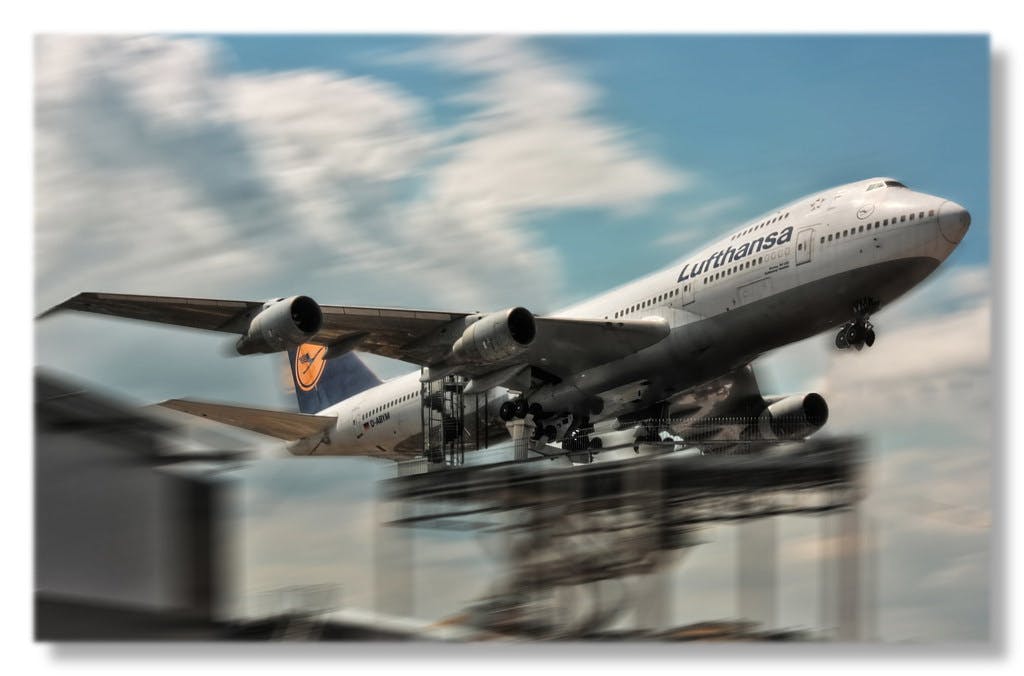
The first high-bypass commercial jet engines powered the first Jumbo Jet
The concept of the high-bypass turbofan jet engine wasn’t new by 1969, GE’s TF39 engine having been developed to power the C-5 Galaxy strategic heavy transport aircraft in 1968. GE was stretched too thin to develop the new engines for the 747, so Boeing chose the new Pratt & Whitney JT9D, the first high-bypass turbofan to power a commercial jetliner.
Previously, turbojet engines were the norm for the majority of jet aircraft. However, in the new turbofan design, the mass flow rate entering the core of the jet engine is greatly reduced, compared to the mass flow rate of the bypass airstream that passes around the central assembly. Rather than deriving its primary thrust from the hot gases exiting the core, in a high-bypass jet turbofan engine, a central shaft drives not only the intake/compressing fins but a large-diameter front fan, which provides the majority of the engine’s thrust. This design is large, relatively heavy, and less responsive to rapid throttle inputs (which is why turbofans aren’t used in combat aircraft), but results in a very efficient and relatively quiet jet engine, ideal for airline use.
The JT9D’s designers took advantage of advanced materials including titanium and nickel alloys, to improve reliability and efficiency. The JT9D-3, the earliest certified version of the engine, weighed 8,470 lb (3,840 kg) and produced 43,500 foot-pounds (58,978 newton-meters) of thrust, with a bypass ratio of roughly 5:1. Incremental improvements over the years have increased power and efficiency further, and the 747-8 utilizes 4 General Electric GEnx-2B67B turbofan engines with 66,498 ft-lbs of thrust each (over 90,100 newton-meters).
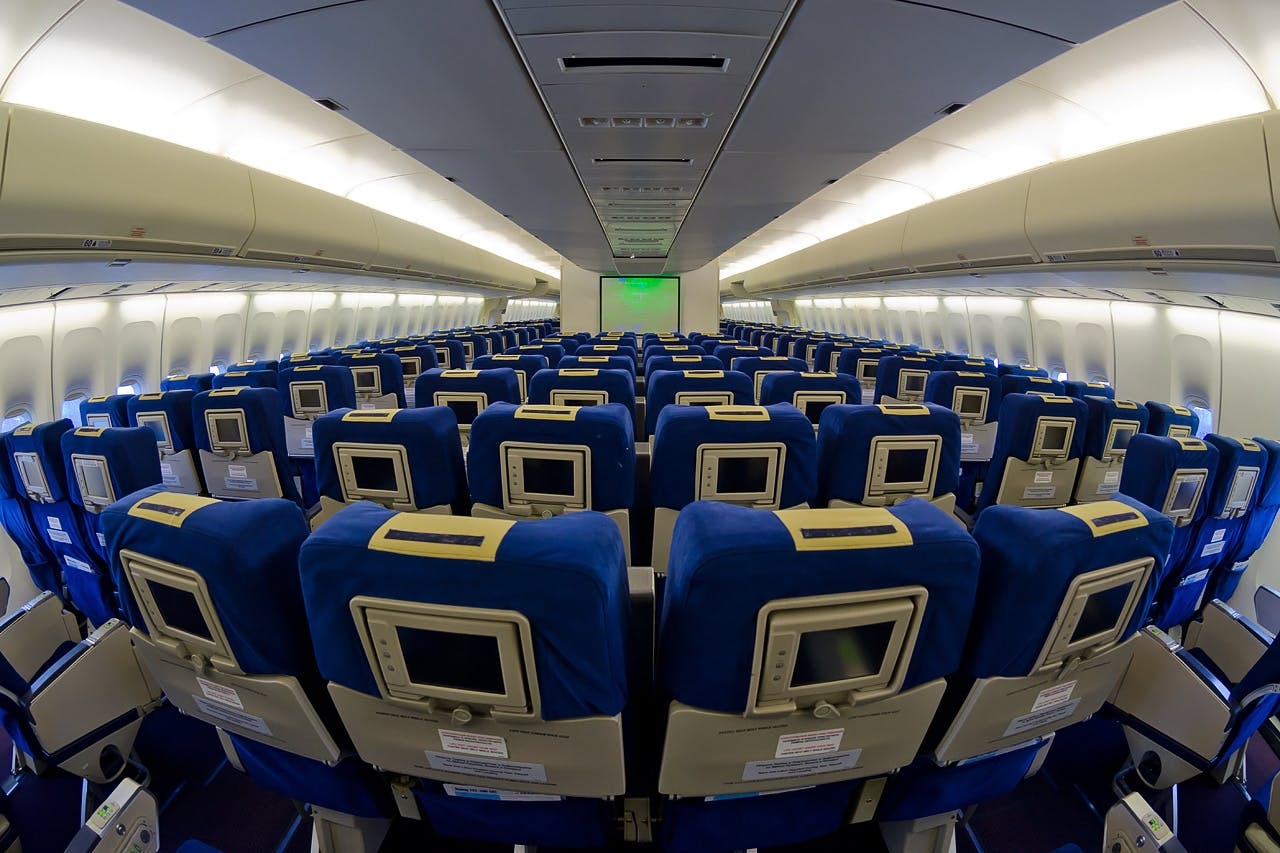
Was Boeing too big to fail?
Despite the half-billion-dollar order from Pan Am, Boeing had to scramble to meet the 747 delivery deadline and avoid bankruptcy. During the final months before delivery of the first 747, Boeing was forced to request additional funding to complete the project. A banking consortium provided the funding, and Boeing’s survival depended on it. By 1970 Boeing’s debt had exceeded $2 billion, with $1.2 billion owed to the banks, setting a record for all companies at the time. Although the 747 was eventually deemed a great success and cemented Boeing’s monopoly in the very-large-aircraft market for many years, Allen later admitted, “It was really too large a project for us.” However, Allen’s gamble paid off, and Boeing’s legacy continues to this day.
Unfortunately, the famous 747 partnership that helped solidify Boeing’s success also contributed to the ultimate downfall of Pan Am. In hindsight, critics point out that Pan Am was aggressive in its approach and ordered too many aircraft too early. This economic pressure was worsened by the 1973 oil crisis, resulting in huge increases in operating costs for all airlines, but high-capacity heavyweights suffered badly as demand dropped.
The 747 was also the target of several of the worst terrorist hijackings or bombings in history (including the famous Pan Am flight 103 that crashed at Lockerbie, Scotland), as well as the deadliest air disaster ever, when two 747s collided on the runway on the island of Tenerife in the Canary Islands, killing 583 people. One of the 747s was a Pan Am airliner.
Additionally, Pan Am also lost its unique position as America’s golden child for international airline services as the result of antitrust actions and legislation, including the Airline Deregulation Act of 1978. As a result of this Carter-administration act, airlines were now placed in control of adding and changing their routes and setting prices for their fares, which brought new competition into the market. Pan Am had maintained a stronghold on the international flight market, but the Deregulation Act helped bring about its decline. By 1991, Pan Am declared bankruptcy.
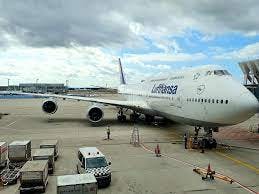
So, just how big is a 747?
The Wright brothers’ historic first flight from Kitty Hawk North Carolina in 1903 (which was either 120 or 180 feet, depending on which source you believe) was shorter than the wingspan of the 747-100, which is 195 feet 8 inches (59.6 m). Later -400 variants increased wingspan to over 211 feet (64 m), and the latest 747-8’s wingspan is 224 feet 7 inches (68.44 m)
The 747-100 was 231 feet 10 inches long (70.6 m), and the -200, -300, and -400 variants were stretched to over 250 feet in length (76.25 m). Maximum takeoff weight of the first 747s was 735,000 lbs (333,400 kg), and this has increased to a staggering 987,000 lbs (447,696 kg) for the most recent 787-8 cargo transport.
The 747’s size has had a profound impact on airport design and management as well. CNN reports, “With hundreds of passengers arriving and departing on every jumbo jet, airports had to quickly adapt, with expanded boarding lounges, check-in counters, and terminals. Every international airline wanted to have the prestige of flying a 747, meaning that existing customs and immigration areas were soon overwhelmed with multiple, simultaneous arrivals of the big plane. Ground-support equipment had to grow, too. Aircraft tugs got a lot bigger, to handle the 747’s prodigious weight of over 750,000 pounds. Catering trucks were modified to reach the cabin doors far above the ramp, and refueling tankers now had to stretch to reach the underside of the massive wings.”
How much does a 747 cost, and are they still being made?
As noted above, the 1966 Pan Am order for the first 25 Boeing 747-100 aircraft totaled $525 million, or $21 million per aircraft ($340 million today). By 1972, the unit cost of a 747 was around $24 million per aircraft.
According to Boeing, the current list price of a passenger 747-8 would be $418.4 million, though the company no longer manufactures the 747. The last commercial passenger 747 jet was delivered to Korean Air in 2017. The final 747 ever made is a 747-8 cargo freighter variant, and was delivered to Atlas Air in February 2023.
The Covid-19 pandemic lockdowns certainly played a large role in killing off the largest 4-engine airliner, but the recent airline trend has also been for slightly smaller, 2-engined aircraft that are more efficient and easier to fill with a full complement of passengers. There are still roughly 440 747s operating as of 2023, however, and we wish them a long and healthy life as the Queen of the Skies eventually passes into aviation history.
–By Jeff Davis, Intergalactic Scribe
Sources:
https://simpleflying.com/boeing-747-8-value/
https://simpleflying.com/pan-am-boeing-747/
https://airlines.iata.org/2011/09/30/history-first-among-equals-juan-trippe-founder-pan-am
https://en.wikipedia.org/wiki/Boeing_747
https://adst.org/2022/11/pan-am-and-the-airline-deregulation-act-of-1978/
https://www.modernairliners.com/boeing-747
https://www.cnn.com/travel/article/boeing-747-jumbo-jet-travel/index.htm